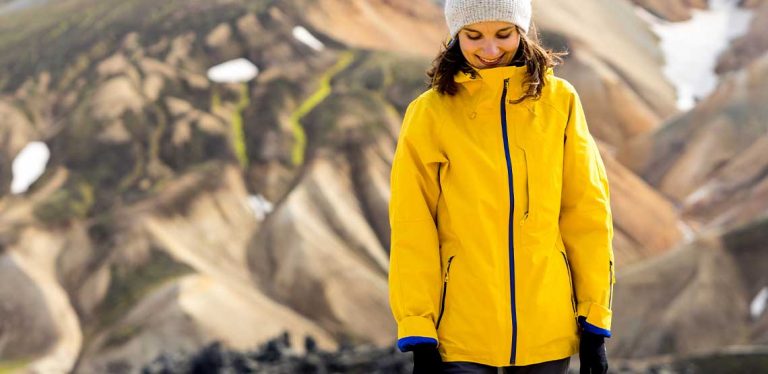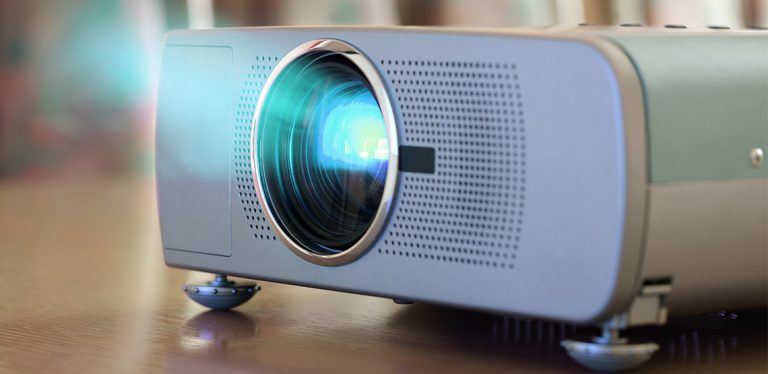How a Heated Coat Can Keep You Warm in the Winter
If you think down jackets are the warmest, think again. A heated coat is perhaps even warmer than a down jacket with over 750 down fill power. Heated clothing can provide the necessary heat to live in some of the coldest places on earth.
Your regular winter coat or jacket may not cut it when the temperatures are under 32F. Now that’s some brutal cold that requires a little more than filling and insulation.
That’s where a heated coat can make all the difference.
What Is a Heated Coat?
A heated coat or heated jacket features batteries that provide heat. Think of it as a heater you can wear.
Heated coats can keep the body temperature normal regardless of how cold it is outside. These coats and jackets are typically for those who work outdoors for long hours, as they continuously need to battle the cold. That’s not to say someone who doesn’t work outdoors can’t benefit from it. If you live in a place with temperatures south of 32F, you can use a heated coat to stay warm anytime you step outside.
These coats aren’t different from your regular coats in that they have the same features and styles. However, these utilize electric heating elements that actively provide heat.
How Does a Heated Coat Work?
A heating jacket or coat relies on a rechargeable battery, commonly lithium batteries. The fabric of the jacket features heating plates that are heated by the batteries. The heat from the plates is absorbed by your body, keeping you warm.
The plates are either carbon fiber or steel. The carbon fiber plates are more flexible than steel plates. You’d think steel would heat up fast, but it’s actually carbon fiber that heats up quickly. Also, it’s lightweight, so the jackets with carbon fiber plates are a lot lighter than those with steel plates.
As for the batteries, lithium-ion batteries are the most popular. This is because lithium can store more charge than other similar materials. Once fully charged, the batteries can heat the plates for hours. The amount of heat the battery can generate depends on the voltage. Usually, the higher the voltage, the more heat the heated coat can potentially provide.
Since these are similar to regular jackets and coats, the fabrics are also similar. Polyester is the most popular in heated jackets, as it’s water and wind resistant. The coat or jacket also requires a soft lining to absorb moisture and trap heat inside. Fleece is commonly used because of its good moisture absorbing properties.
Pros and Cons of a Heated Coat
The pros:
- Helps keep you warm in very cold weather (32F).
- Works for hours before needing recharging.
- Ideal for people who work outdoors in very cold places (Alaska, Northern Canada, Siberia, Antarctica, Svalbard)
- Ideal for extreme winter sports and activities.
- Some heated coats can allow you to charge your mobile devices.
- Eliminates the need to wear many layers of clothing.
The cons:
- Risk of fire or electrocution (although that’s very unlikely with a quality product).
- Can be difficult to fold and pack.
- Some heated coats can be heavy.
- Batteries need charging.
You May Also Like:
Related Search Topics (Ads)
Best Heated Coats on the Market
Here are some of the best heated coats/jackets:
ORORO Men’s Soft Shell Heated Jacket
ORORO is a company that specializes in heated clothing, so their Men’s Soft Shell Heated Jacket combines the best heating gear and years of experience.
The soft-shell design makes it quite versatile. With a tailored construction, it looks like any other down jacket or windbreaker. It also has a detachable hood to keep your head warm and covered.
The heating element comprises three carbon-fiber coils. Two are on the chest, while the third one is in the middle of the back. The heating can last for a whopping 10 hours.
The outer is made of polyester, which makes it weather resistant. It has a USB port to charge your portable devices using the 7.5V battery, which is CE-certified.
ORORO Women’s Slim Fit Heated Jacket
This is the counterpart of ORORO’s men’s jacket, and it’s designed specifically for women. It has a very similar construction as the Men’s softshell, using a polyester exterior and three heating elements.
The cut and sizing of this are for women, and it provides a snug fit. The heating elements are in the same positions: the right of the chest, the left of the chest and the lower back. The heating lasts for 10 hours on this one as well.
With a detachable hoodie, it’s easier to turn into a hoodie-less jacket. The best thing is that it’s machine washable.
Milwaukee Heated Hoodie
If you don’t exactly want a heated coat or jacket, the Milwaukee hoodie is a great casual option. The complete kit also includes an M12 Redlithium 2.0 Ah battery pack, which is supplied separately. This means you can also use another battery pack if you like.
It looks and feels like any other hoodie, as far as the silhouette is concerned. It has all the utility pockets you’ll need.
The battery lasts for six hours once fully charged. So, this hoodie can keep you warm for at least six hours, which is good enough if you’re using it at work.
Venture Men’s Heated Parka
Venture heated coat or parka uses a 7.4V 5200 mAh power kit with a charger. The heating lasts for a decent eight hours. Although, the time reduces on a higher level of heat.
In terms of design, it’s very sophisticated and functional. It has a detachable hood with faux fur trims. You also have four large pockets.
There are two independently controlled heating zones, one on either side (chest and cuffs). This one is also machine washable, which makes it very easy to clean and you can use it over and over.
In Conclusion
A heated coat can solve the issue of unbearable cold easily. It comes in all shapes and forms, so you don’t necessarily have coat or jacket options. You can also get a hoodie or a vest.
It’s very important to pay attention to the heating element, as that’s the main thing in outerwear of this kind. You should be able to adjust the heat accordingly so that the jacket is workable in different levels of cold.

